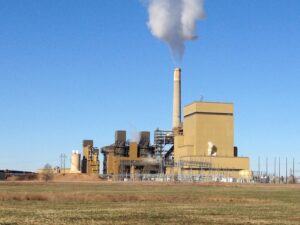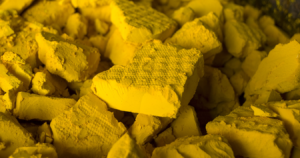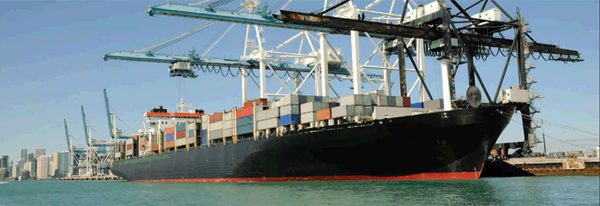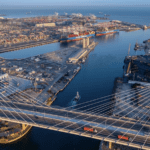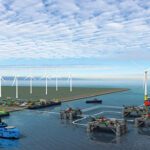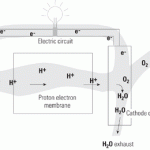A study by the Sandia National Laboratory last year demonstrated that hydrogen fuel cells mounted on floating barges could potentially provide shore-based power for visiting ships at West Coast ports, substantially reducing emissions from shipboard diesel generators. Now, the U.S. Department of Energy’s Office of Energy Efficiency and Renewable Energy (EERE) and the U.S. Department of Transportation’s Maritime Administration are jointly launching a six-month pilot project to test the concept at the Port of Honolulu in Hawaii.
The earlier study examined various options for reducing port emissions, which have drifted onto regulatory radar screens in recent years. The California Air Resources Board issued a regulation in 2007 requiring container ships, refrigerated cargo ships, and cruise ships to either connect to shore power while at berth or use alternative emissions control strategies. The requirement took effect Jan. 1. But switching to shore power doesn’t necessarily reduce emissions to a significant degree, depending on the source of that power. The Sandia study looked at how a hydrogen fuel cell–based system might provide a cleaner and more flexible option, and potentially cost less than retrofitting shore power connections to existing berths.
The study identified Hawaii as a possible market for the idea because of the high cost of imported diesel fuel and high electricity prices. Container cargo coming into Hawaii is reshipped on barges around the islands from Honolulu, and refrigerated containers require on-barge diesel generators.
The pilot unit will be mounted inside a 20-foot shipping container and will consist of four 30-kW fuel cells, a hydrogen storage system, and power conversion equipment. The system will be delivered to and deployed by Young Brothers Ltd., one of the project partners and a primary shipper of goods throughout the Hawaiian Islands.
Sandia researchers compared the efficiencies of diesel engines versus fuel cells, and estimated the savings and reductions in emissions that would be realized if current diesel generators were replaced with a fuel cell system. Though the study had to make some assumptions, it determined that Young Brothers could save fuel and energy while greatly reducing emissions if it switched primarily to fuel cells.
The unit is undergoing detailed engineering and design through mid-2014. After fabrication, assembly, and training for its operators, it will be operational during a six-month deployment in early 2015. Young Brothers, the project’s demonstration partner, is a subsidiary of Foss Maritime Co.
Following the six-month test in Hawaii, the Sandia team will analyze the results and use them to determine the operating and cost parameters needed to make a business case elsewhere. The long-range goal is to develop a commercial-ready technology that can be widely used at other ports.
—Thomas W. Overton, JD is a POWER associate editor.


